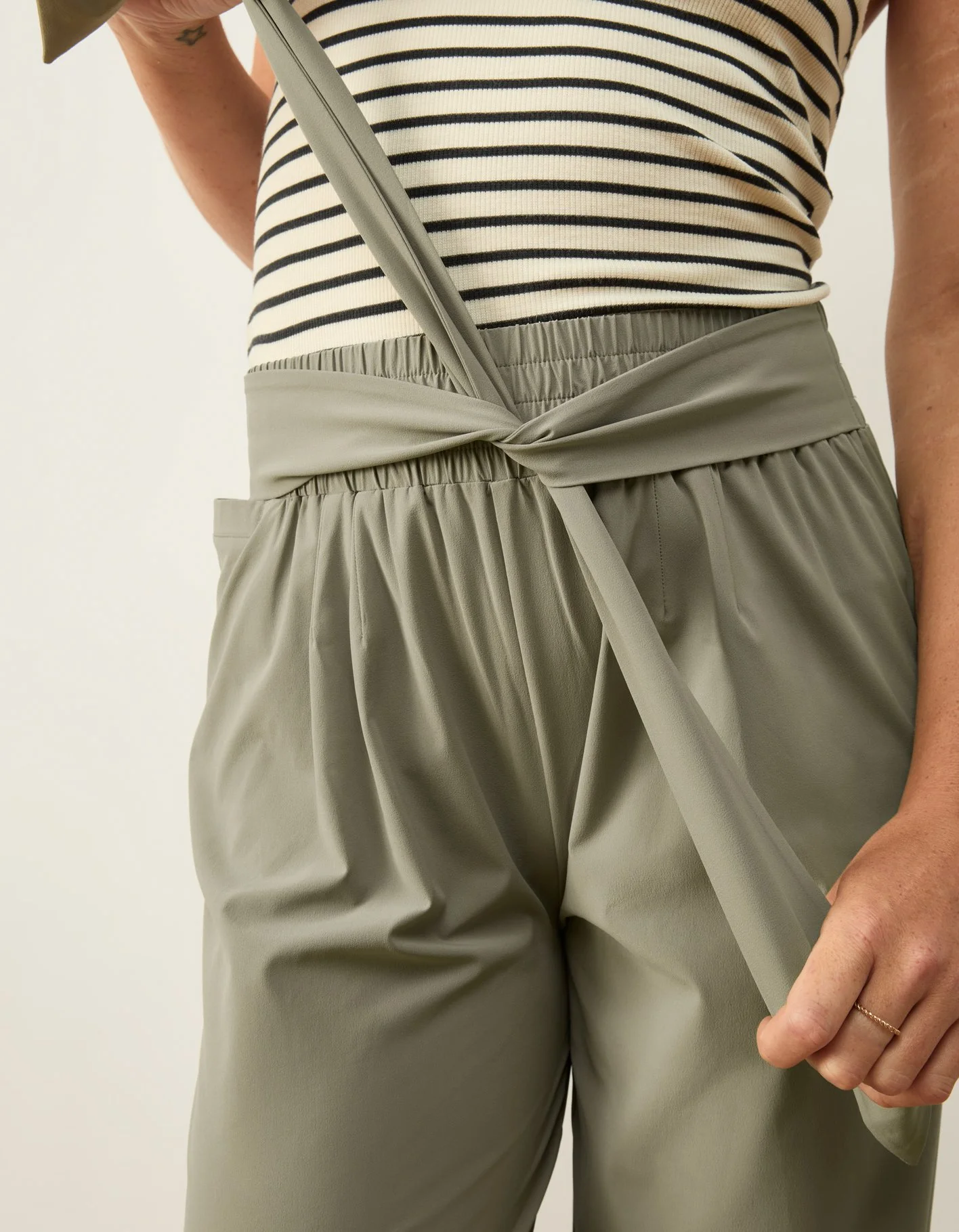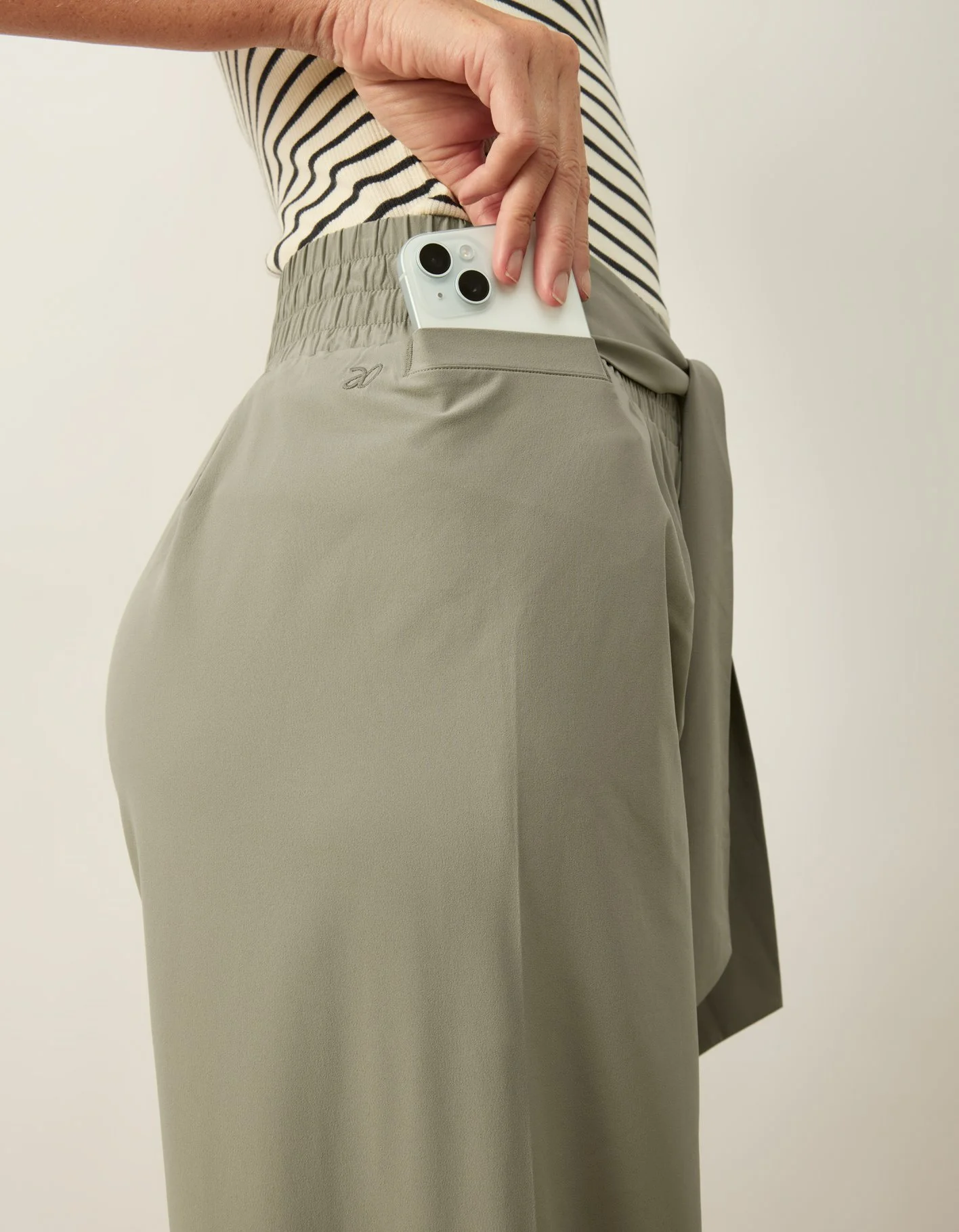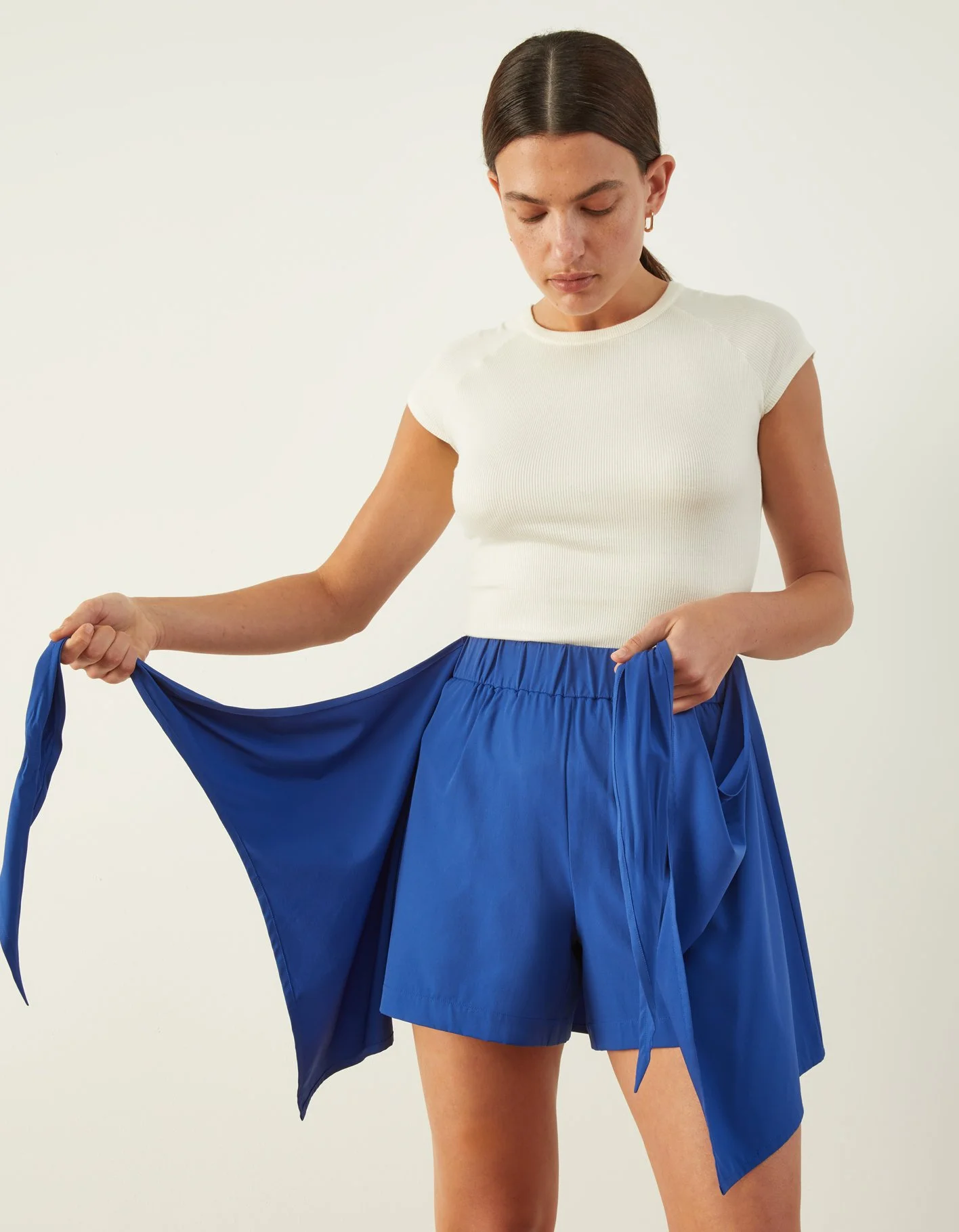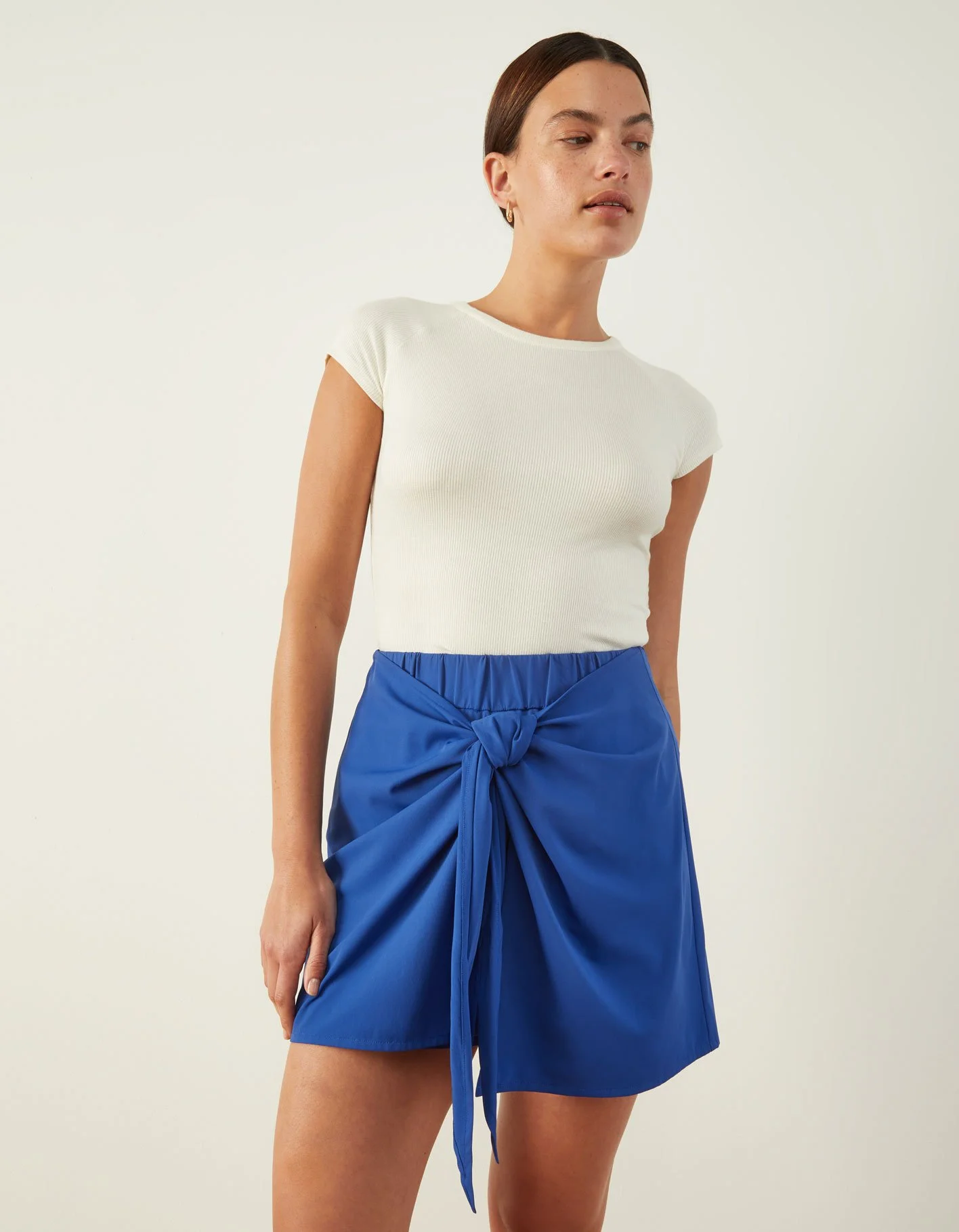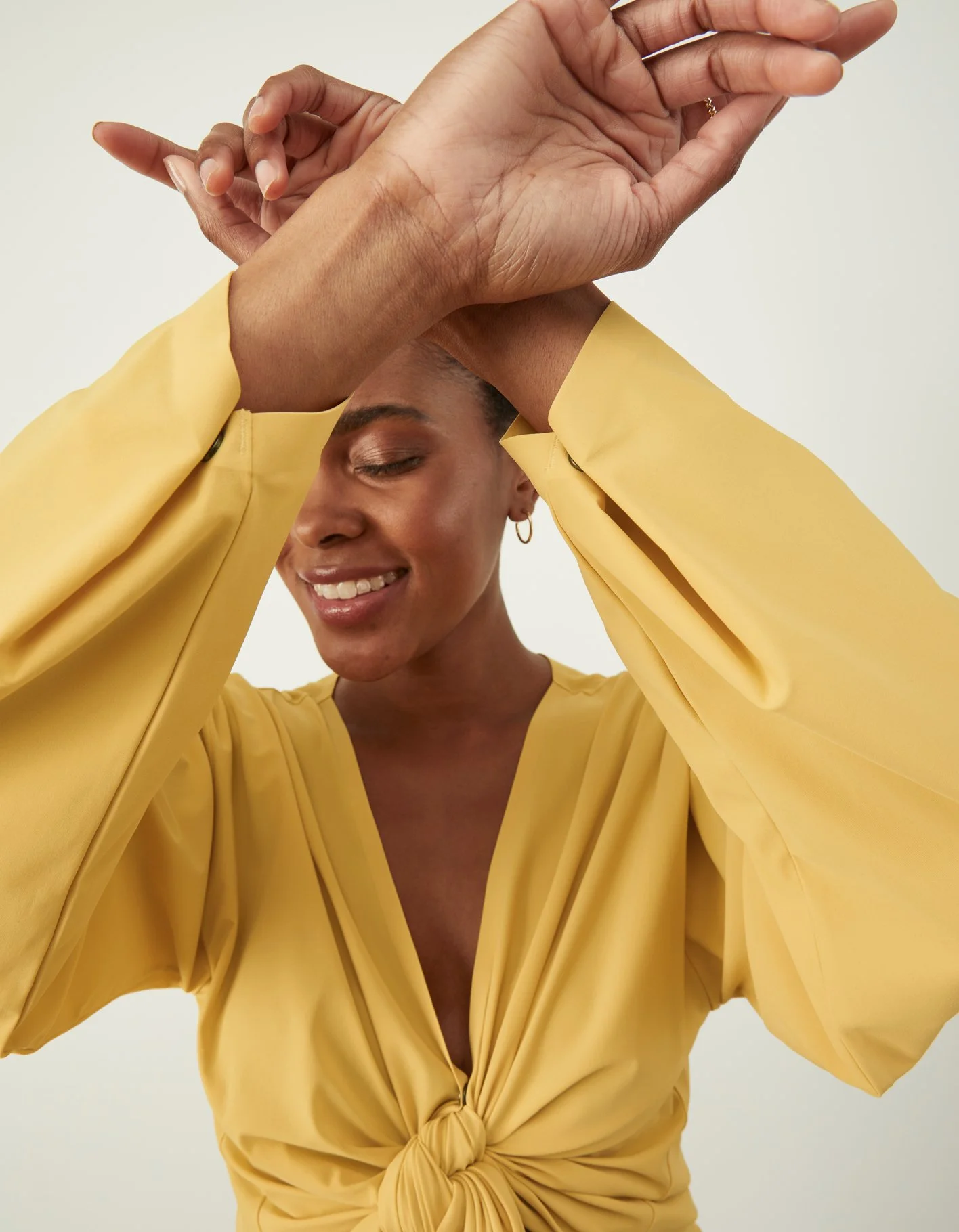Creative direction My approach to design is analytical, integrating product strategy with overall business strategy. As a designer, it is crucial for me to thoroughly understand the brand, our customers, and market trends.
Throughout the sections: Products, Fabric Innovation and Sustainability I’ve demonstrated how my design process is business wide. In this section I’m sharing a number of other ways I approach the design process.
Data driven design
This jumpsuit was specifically created based on customer feedback. The designs were shared with customers before production, and it immediately sold out within two weeks, becoming a bestseller.
Iterative Design
I regularly employed the iterative design process, recognising that customers valued Aday's signature design features and core fabrics. As a direct-to-consumer brand, Aday’s customers cannot try products before purchasing. Therefore, incorporating familiar features and fabrics ensured they could confidently expect the quality they trust from Aday, which encouraged decision making and drove repeat purchasing.
Minimal Waste design
Reducing waste was a priority in my work, driven by cost efficiency and the desire to minimise large-scale wastage. I prioritised working with factories that used pattern-cutting software to optimise fabric use.
This approach inspired me to develop a pant with minimal waste, eliminating unnecessary seams and maximising fabric utilisation.
Versatile Design
Designs that do more with less.
These styles can be worn multiple ways. This was a style signature of Aday’s with most of the pieces offering different ways to style and wear.











